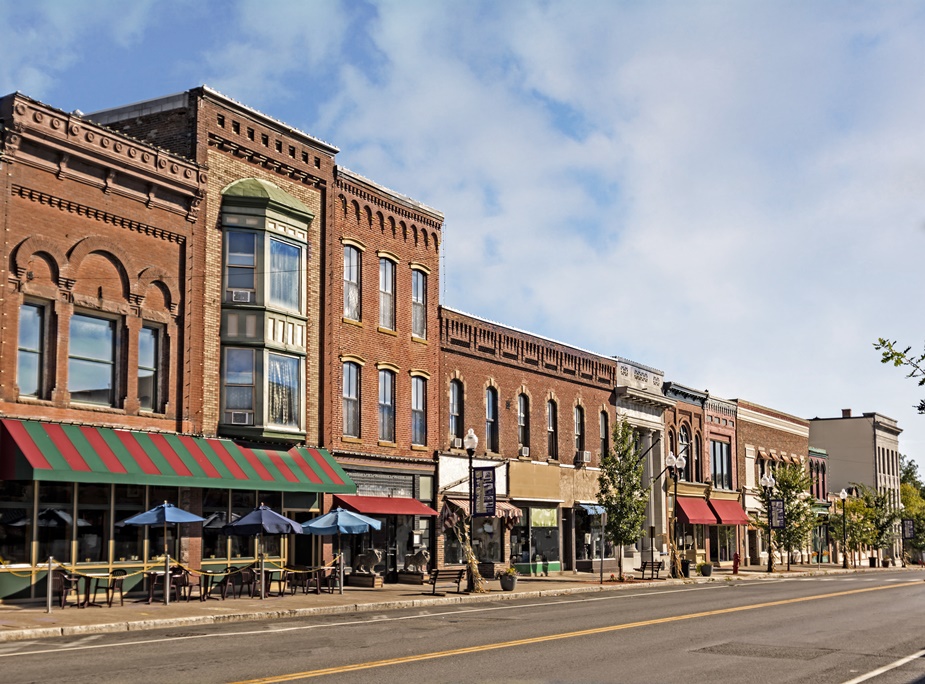Today’s urban-rural divide has complex political, economic, and cultural facets. Where urban and rural residents agree is that every American should have the opportunity to provide a good life for themselves and their families.
Rather than fuel divisions by undermining cities to help small towns, policymakers could embrace a place-based economic agenda that empowers both. Put simply: the fate of rural America relies on cities.
Cities matter greatly to rural revitalization, for at least three key reasons:
- Prosperity in cities and metropolitan areas effectively subsidizes public investments in rural areas. Nationally, many of the states that receive the highest per-capita rates of federal investment have greater shares of their population in rural communities, such as South Carolina, North Dakota, and Louisiana. Meanwhile, many of the states that receive the lowest rates of federal investment have greater shares of their population in urban centers, including Delaware, Illinois, and Ohio.
- Access to cities—and their markets, specialized industries, and capital—increases rural prosperity. Analysis by our Brookings colleagues Mark Muro and Jacob Whiton suggests that proximity to cities can contribute to rural communities’ well-being due to the spillover benefits that cities generate. Proximity to cities acts as an economic buffer for nearby rural areas, on net, slowing their economic decline.
- Cities provide opportunities for ambitious rural residents to gain new skills and experiences, benefitting workers and their home communities. As described in Vox, sociologists Patrick Carr and Maria Kefalas found that some people who leave their rural hometowns end up returning, filling specialized jobs in medicine, law, and other professions using the skills they developed in cities. This phenomenon of “return migration,” popularly referred to as a “boomerang effect,” now animates economic development strategies in several small and mid-sized cities.
Photo via Adobe Stock.

